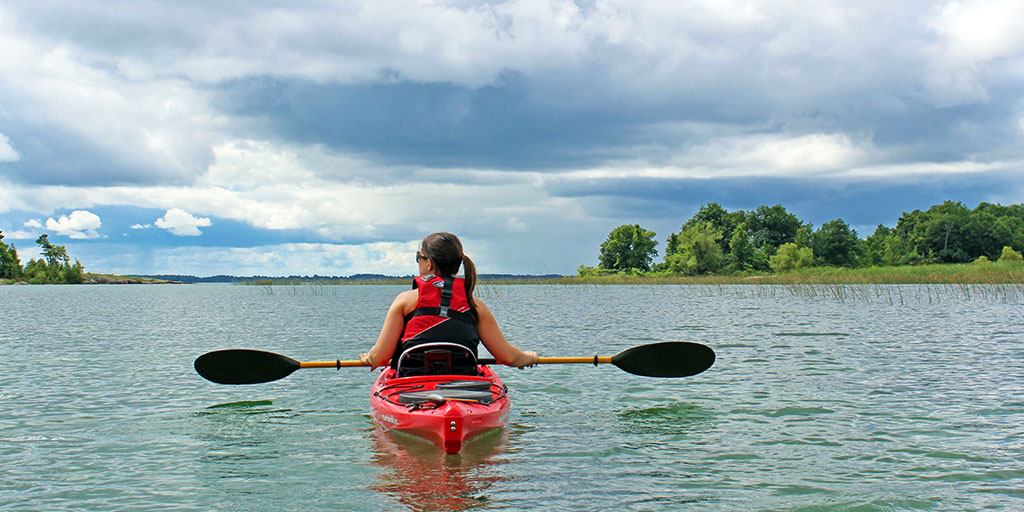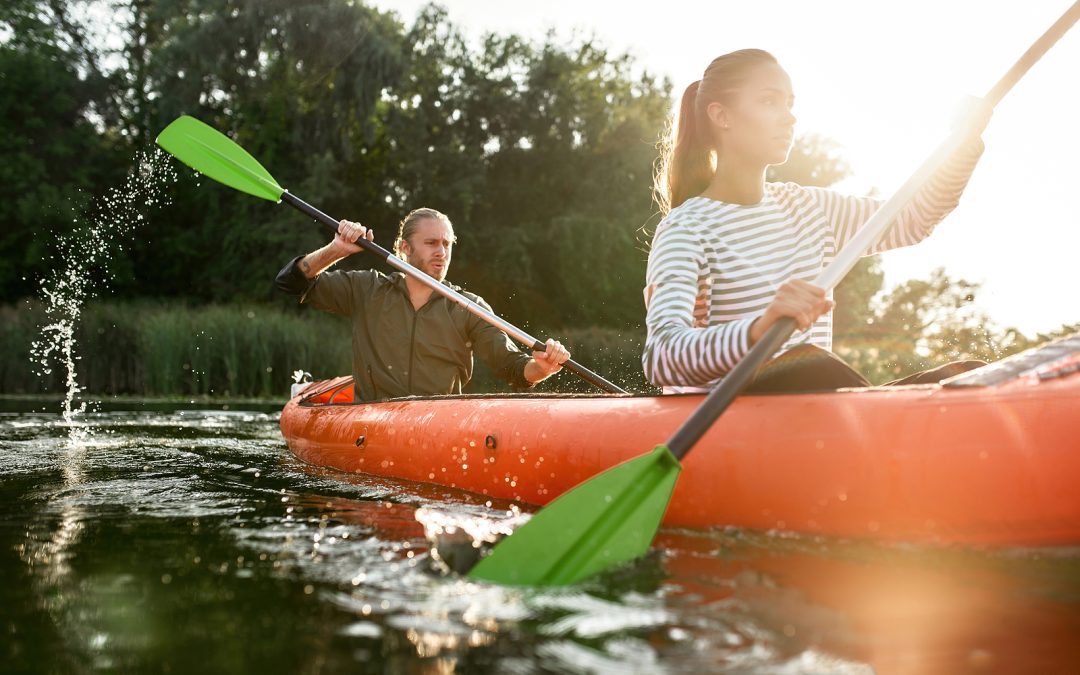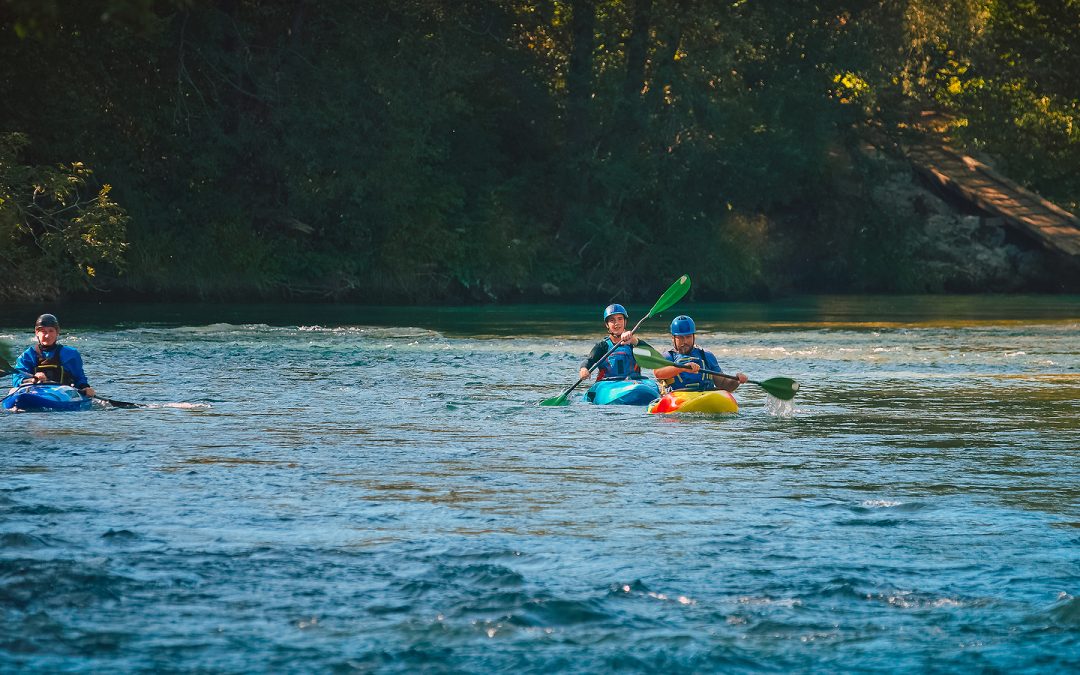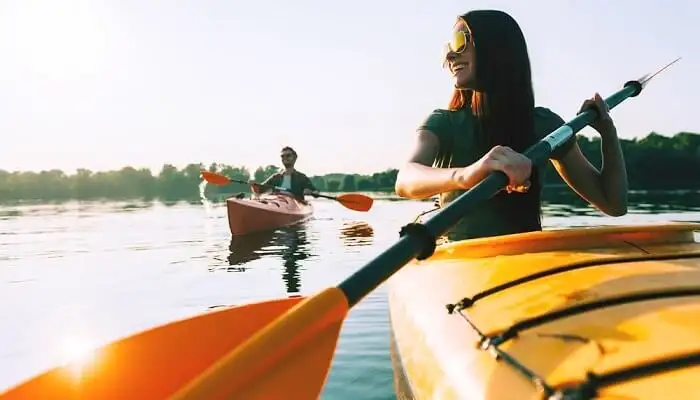When it comes to kayaking, stability is a crucial factor to consider. Stable kayaks provide a safer and more comfortable experience for the paddler. But what should one look for in a stable kayak design?
First and foremost, the type of kayak plays a significant role in stability. Sit-on-top kayaks are generally more stable than sit-in kayaks, making them popular for beginners and recreational paddlers. However, sit-in kayaks offer better protection from the elements, making them better for colder weather or rougher waters.
Another critical factor to consider is the hull design. Kayaks with broader and flatter hulls tend to be more stable than narrow and rounded ones. Additionally, kayaks with a lower center of gravity are more stable than those with a higher center. It’s essential to remember that broader and flatter hulls offer more stability and may sacrifice speed and maneuverability.
When looking for a stable kayak design, it’s essential to research different types and brands. Some popular kayak brands known for their durable designs include Old Town, Perception, and Pelican. By considering factors such as type, hull design, and brand reputation, paddlers can find a kayak that provides a stable and enjoyable experience on the water.
Understanding Kayak Stability
When choosing a kayak, stability is an essential factor to consider. A stable kayak is less likely to tip over, making paddling more manageable and enjoyable. There are two types of stability to consider when looking at kayak designs: primary and secondary.
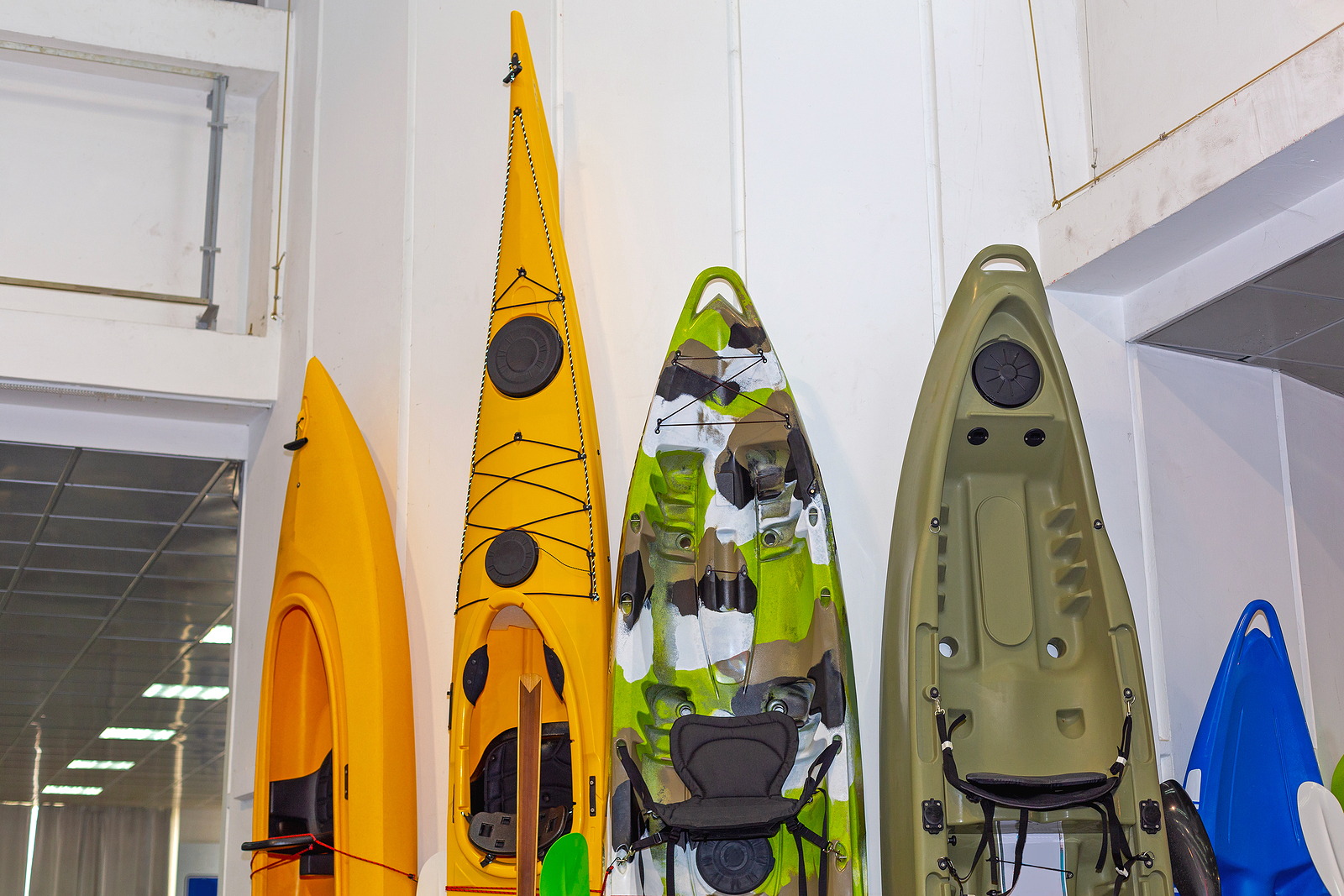
Primary Stability
Primary stability refers to how stable the kayak is initially when resting on flat water. Kayaks with good primary stability are usually broader and flatter, making them more stable. They are ideal for beginners or prefer a more relaxed kayaking experience.
Secondary Stability
Secondary stability refers to how stable the kayak is when it is leaned to the side or on its edge. This type of stability is essential for kayakers who plan to paddle in rougher seas or challenging conditions. Kayaks with good secondary stability have a narrower and more rounded hull design, making them more maneuverable and able to handle rougher waters.
It’s important to note that kayaks with high primary stability may have lower secondary stability and vice versa. Therefore, choosing a kayak that aligns with your intended use is essential.
There are several reputable brands to consider when it comes to who makes stable kayaks. Some popular brands known for producing stable kayaks include Perception, Wilderness Systems, and Old Town. These brands offer a range of kayak designs, including sit-on-top kayaks, recreational kayaks, touring kayaks, and more, ensuring a stable kayak design that will meet the needs of any kayaker.
Critical Elements of a Stable Kayak Design
When it comes to choosing a stable kayak design, several vital elements should be considered. These elements include hull design, width, length, and material. By understanding these factors, you can make an informed decision when selecting the right kayak.
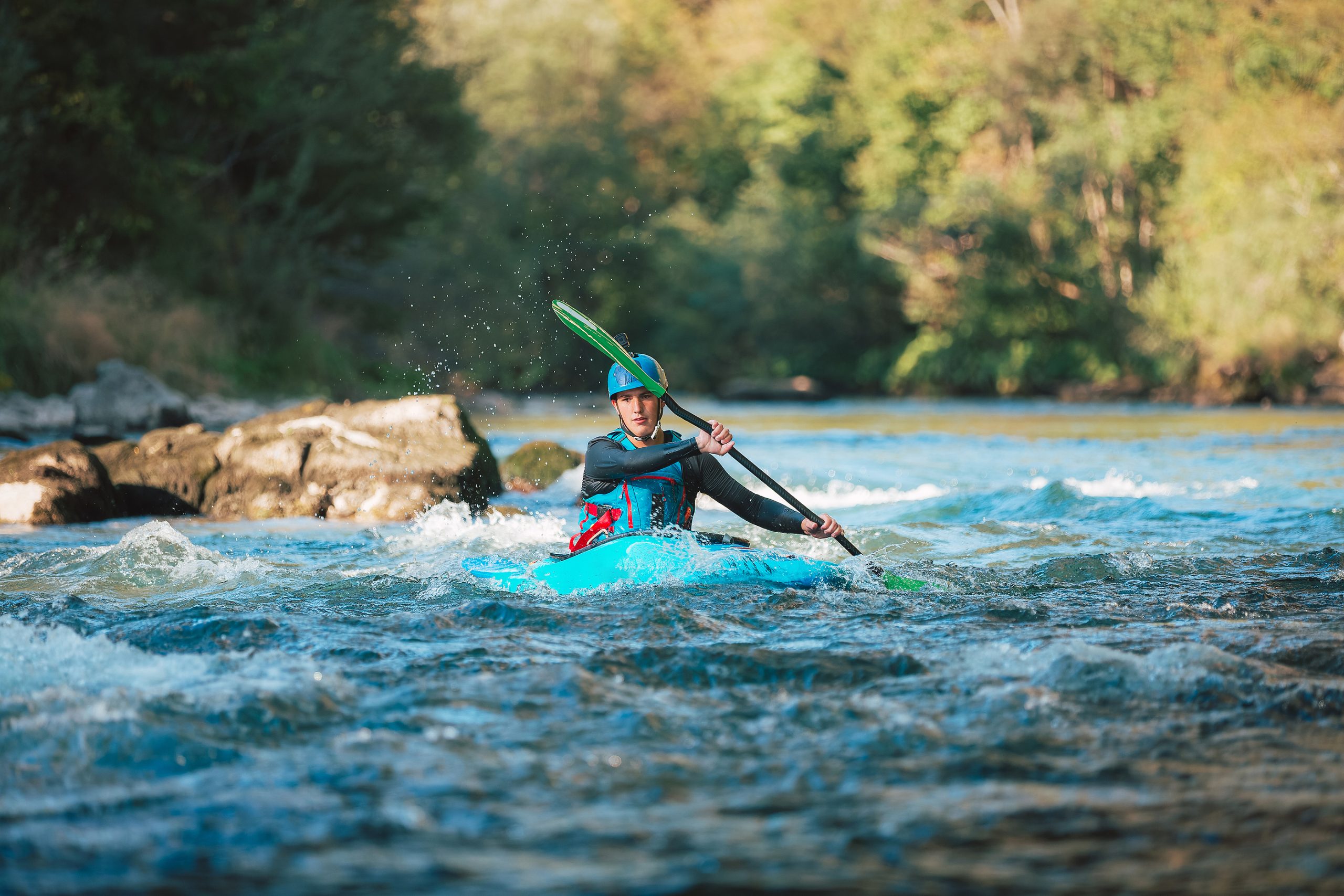
Hull Design
The hull design is one of the most critical factors regarding kayak stability. There are several types of hull designs, each with its unique characteristics. Some of the most common types include:
Flat Hull
This type of hull is flat on the bottom and provides excellent stability. However, it can be slower and less maneuverable than other designs.
Pontoon Hull
This design features two parallel hulls that provide excellent stability and are ideal for calm waters.
V-Shaped Hull
This design is more pointed at the front and provides better speed and maneuverability. However, it may not be as stable as other designs.
Width
The width of a kayak is another critical factor when it comes to stability. Generally, broader kayaks tend to be more stable, while narrower kayaks are more maneuverable. However, wider kayaks may also need to be faster and more efficient. Finding a balance between stability and performance is crucial when selecting a kayak.
Length
The length of a kayak can also impact its stability. Longer kayaks are faster and more efficient but may be less stable than shorter kayaks. On the other hand, shorter kayaks may be more maneuverable and easier to handle but may sacrifice speed and efficiency.
Material
The material of a kayak can also impact its stability. Kayaks made from heavier materials like plastic or fiberglass tend to be more stable, while lighter materials like carbon fiber may sacrifice stability for speed and maneuverability.
When selecting a stable kayak design, it is essential to consider all of these factors and find a balance that works for your needs. Some of the top kayak manufacturers that produce stable designs include Old Town, Perception, and Wilderness Systems.
Benefits
When it comes to kayaking, stability is a crucial factor to consider. A stable kayak design offers many benefits to the paddler, including:
1. Confidence and Safety
A stable kayak design provides the paddler with a sense of confidence and safety, especially for beginners. With a stable kayak, there is less chance of capsizing or losing balance, which can be dangerous in rough waters. The paddler can focus on enjoying the scenery and paddling without worrying about tipping over.
2. Ease of Use
A stable kayak design is easy to use, even for beginners. The paddler can quickly get in and out of the kayak without losing balance and paddle without worrying about tipping over. This makes kayaking a fun and enjoyable activity for everyone.
3. Versatility
A stable kayak design is versatile and can be used in various water conditions, from calm lakes to rough rivers and even in the ocean. This makes it an excellent investment for paddlers who want to explore different waterways without having to purchase multiple kayaks.
4. Comfort
A stable kayak design typically has a wider seat and more legroom, making it more comfortable for the paddler. This is especially important for longer kayaking trips, where comfort is crucial for enjoying the experience.
5. Storage
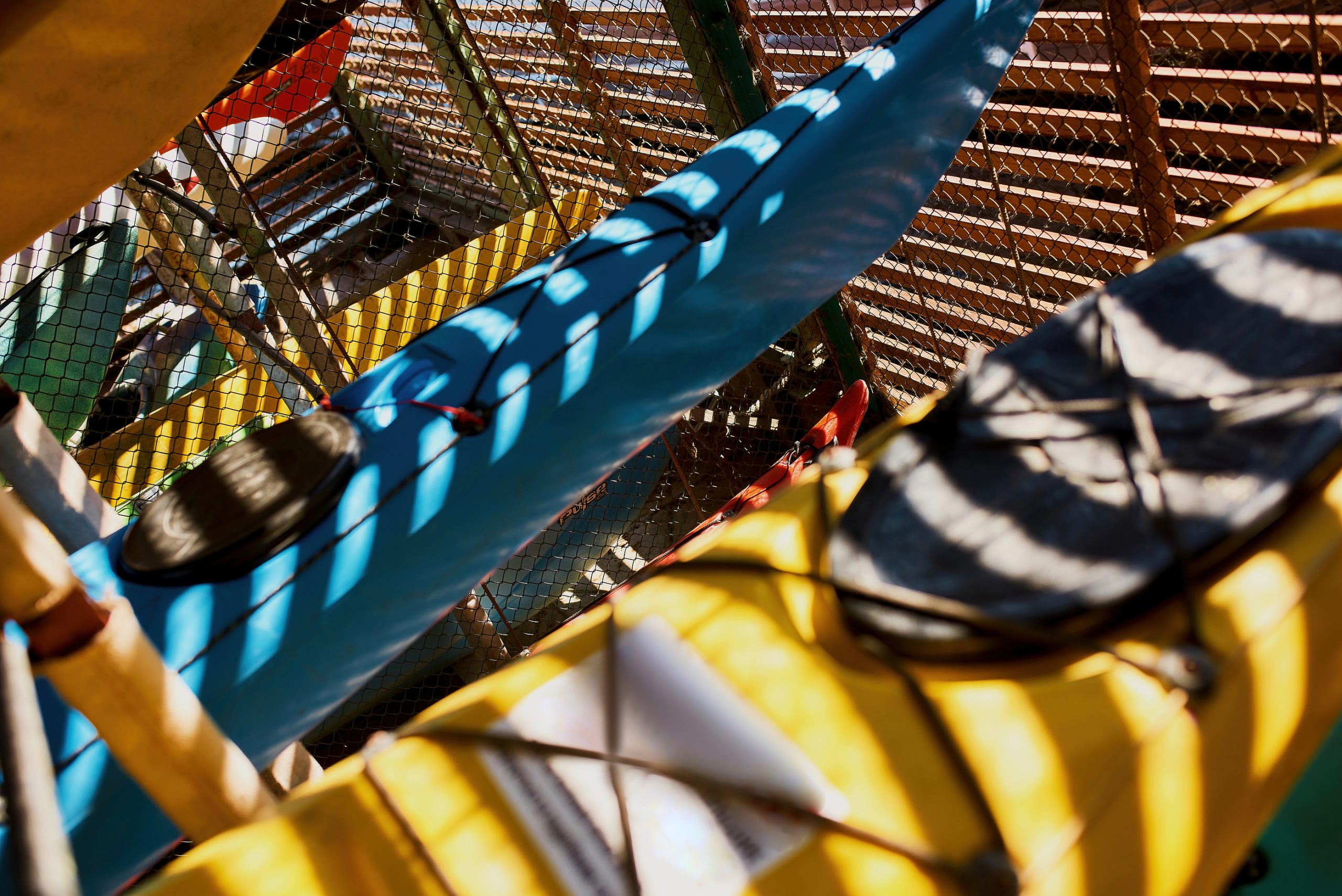
Many stable kayak designs come with built-in storage compartments, making bringing along gear and supplies for more extended trips easy. This is especially useful for paddlers who enjoy camping or fishing from their kayak.
Some top kayak manufacturers offering stable kayak designs include Perception, Old Town, Wilderness Systems, and Hobie. These companies have a reputation for producing high-quality kayaks that offer stability, comfort, and versatility.
Top Manufacturers of Stable Kayaks
When it comes to stable kayak designs, there are several top manufacturers that stand out in the industry. These manufacturers have a reputation for producing high-quality kayaks with durable designs perfect for beginners and experienced kayakers alike.
Old Town Canoe
Old Town Canoe has been making kayaks for over 100 years and is known for producing some of the most stable kayaks on the market. Their kayaks feature a combination of a shallow-V hull and a flat bottom, which provides excellent stability and maneuverability. The company offers a wide range of kayaks, including recreational, touring, and fishing kayaks, all with durable designs.
Ocean Kayak
Ocean Kayak is another top manufacturer of stable kayaks. They have been in business for over 40 years and are known for producing some of the most innovative and stable kayaks. Their kayaks feature a sit-on-top design, which provides excellent stability and makes them easy to get in and out of. Ocean Kayak offers a wide range of kayaks, including recreational, touring, and fishing, all with durable designs.
Hobie
Hobie is a well-known manufacturer of kayaks, and they are known for producing some of the most stable kayaks on the market. Their kayaks feature a unique MirageDrive system, which uses pedals to drive the kayak forward, leaving your hands free for fishing or other activities. Hobie offers a wide range of kayaks, including recreational, touring, and fishing, all with durable designs.
Wilderness Systems
Wilderness Systems is a top manufacturer of kayaks, and they are known for producing some of the most stable kayaks on the market. Their kayaks feature a combination of a shallow-V hull and a flat bottom, which provides excellent stability and maneuverability. Wilderness Systems offers various kayaks, including recreational, touring, and fishing kayaks, all with durable designs.
Vibe Kayaks
Vibe Kayaks is a newer player in the kayak industry, but they have quickly made a name for themselves by producing some of the most stable kayaks on the market. Their kayaks feature a unique hybrid catamaran hull design, which provides excellent stability and makes them easy to maneuver. Vibe Kayaks offers various kayaks, including recreational, touring, and fishing, all with durable designs.
Factors to Consider When Buying a Stable Kayak
When looking for a stable kayak, there are several factors to consider. These include the purpose of the kayak, the skill level of the user, and the budget. By taking these into account, one can find a kayak that is not only stable but also suits their needs and preferences.
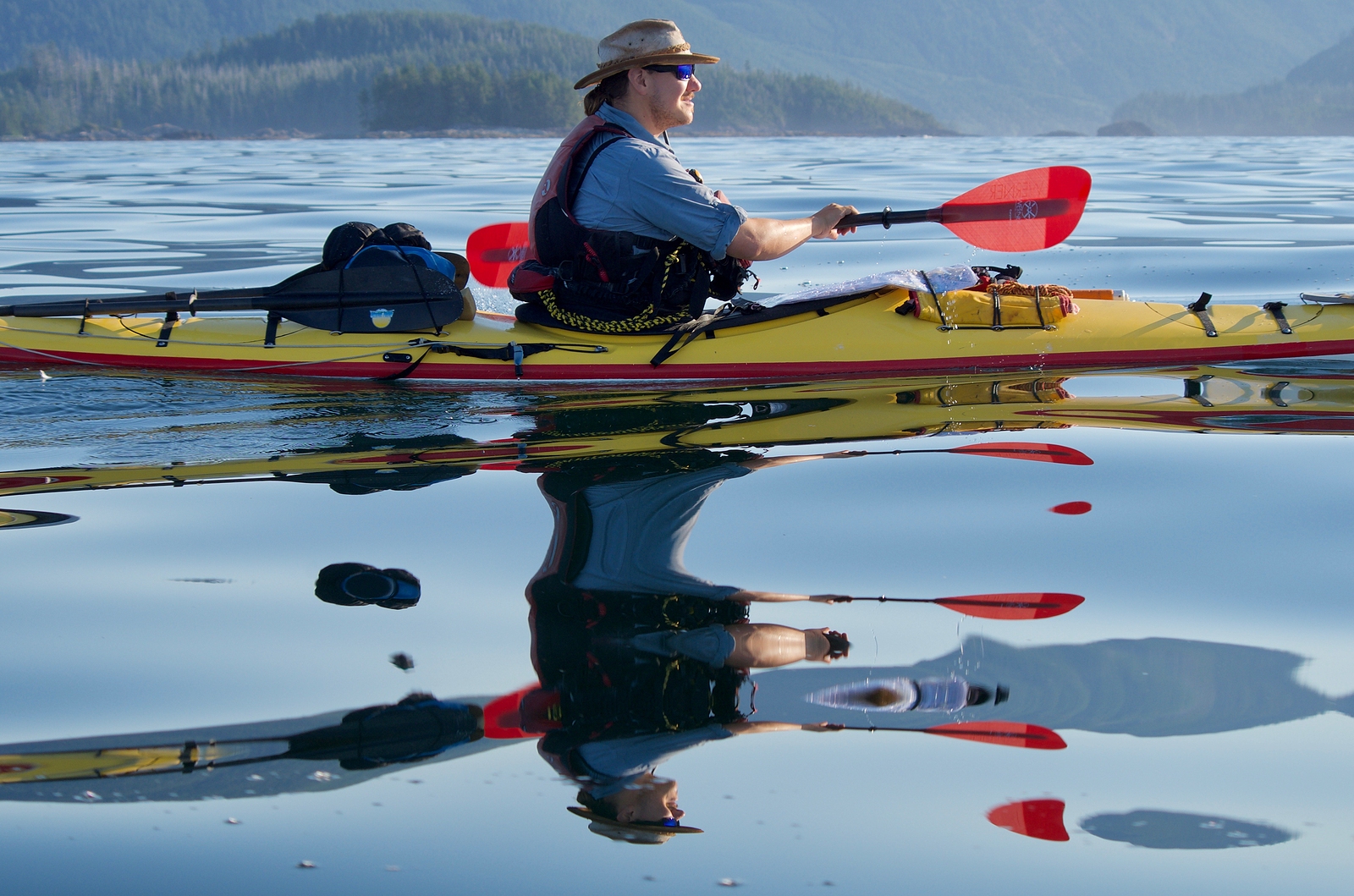
Purpose
The purpose of the kayak is an important consideration when looking for a durable design. For example, a recreational kayaker may prioritize comfort and ease of use over speed and maneuverability. On the other hand, a kayaker who plans to use their kayak for fishing may prioritize stability and storage capacity.
Skill Level
The skill level of the user is another crucial factor to consider. Beginner kayakers may find wider kayaks with a flatter hull more stable and easier to maneuver. Advanced kayakers may prefer narrower kayaks with a more pronounced hull for better speed and agility.
Budget
Budget is also an important consideration when looking for a stable kayak. Kayaks can range from a few hundred dollars to several thousand dollars. While more expensive kayaks may offer better stability and performance, affordable options can provide adequate stability for recreational use.
Some kayak manufacturers known for producing durable designs include Perception, Old Town, and Wilderness Systems. These manufacturers offer a range of kayaks with varying levels of stability and performance to suit different needs and preferences.
In summary, when looking for a stable kayak design, it is vital to consider the kayak’s purpose, the user’s skill level, and the budget. By taking these factors into account and considering reputable kayak manufacturers, one can find a kayak that is both stable and suitable for their needs.
Pros and Cons
Regarding kayak stability, there are pros and cons to consider for each design. Here are some of the most common factors to keep in mind:
Pros
Primary stability refers to how stable a kayak is when sitting flat on the water. Kayaks with high primary stability are more stable and less likely to tip over, making them a good choice for beginners or those who want to take a leisurely paddle. Wider kayaks tend to have higher primary stability.
Secondary stability refers to how stable a kayak is when tilted on its side. Kayaks with high secondary stability are less likely to tip over when turning or in rough water. Longer, narrower kayaks tend to have higher secondary stability.
Maneuverability: Kayaks with a shorter length and wider width are generally more maneuverable, making them easier to turn and navigate tight spaces.
Ease of Entry/Exit: Wider kayaks with flatter bottoms are easier to get in and out of, which can be important for those with mobility issues or when launching from a dock or shore.
Cons
Speed: Wider kayaks tend to be slower, while longer, narrower kayaks are faster. If speed is a priority, a narrower kayak may be better.
Tracking refers to how well a kayak moves in a straight line. Wider kayaks tend to have poorer tracking, while longer, narrower kayaks track better. If you plan to cover long distances, good tracking is essential.
Weight: Wider kayaks tend to be heavier, making them more challenging to transport and maneuver on land. If you plan to transport your kayak frequently, a lighter model may be better.
Storage: Wider kayaks have less storage space than longer, narrower kayaks. If you plan to go on longer trips or need more gear, a longer kayak may be a better choice.
When it comes to finding a stable kayak design, there are many manufacturers to choose from. Some of the top brands include Old Town, Perception, Wilderness Systems, and Hobie. Each of these manufacturers offers a range of kayak designs to suit different needs and preferences.
Conclusion
In conclusion, there are several factors to consider when looking for a stable kayak design. The primary stability of a kayak is important for how it feels when stationary, and the secondary stability is crucial for handling rough water. Kayaks with a broader base and a pontoon hull tend to have good primary stability, while kayaks with a lower center of gravity offer higher secondary stability.
It’s also important to consider the type of kayaking you will be doing. Sit-on-top kayaks are great for recreational use, while sit-inside kayaks are better suited for touring and more advanced kayaking. For fishing enthusiasts, a kayak with a broader base and a flat hull can provide better stability when casting and reeling in fish.
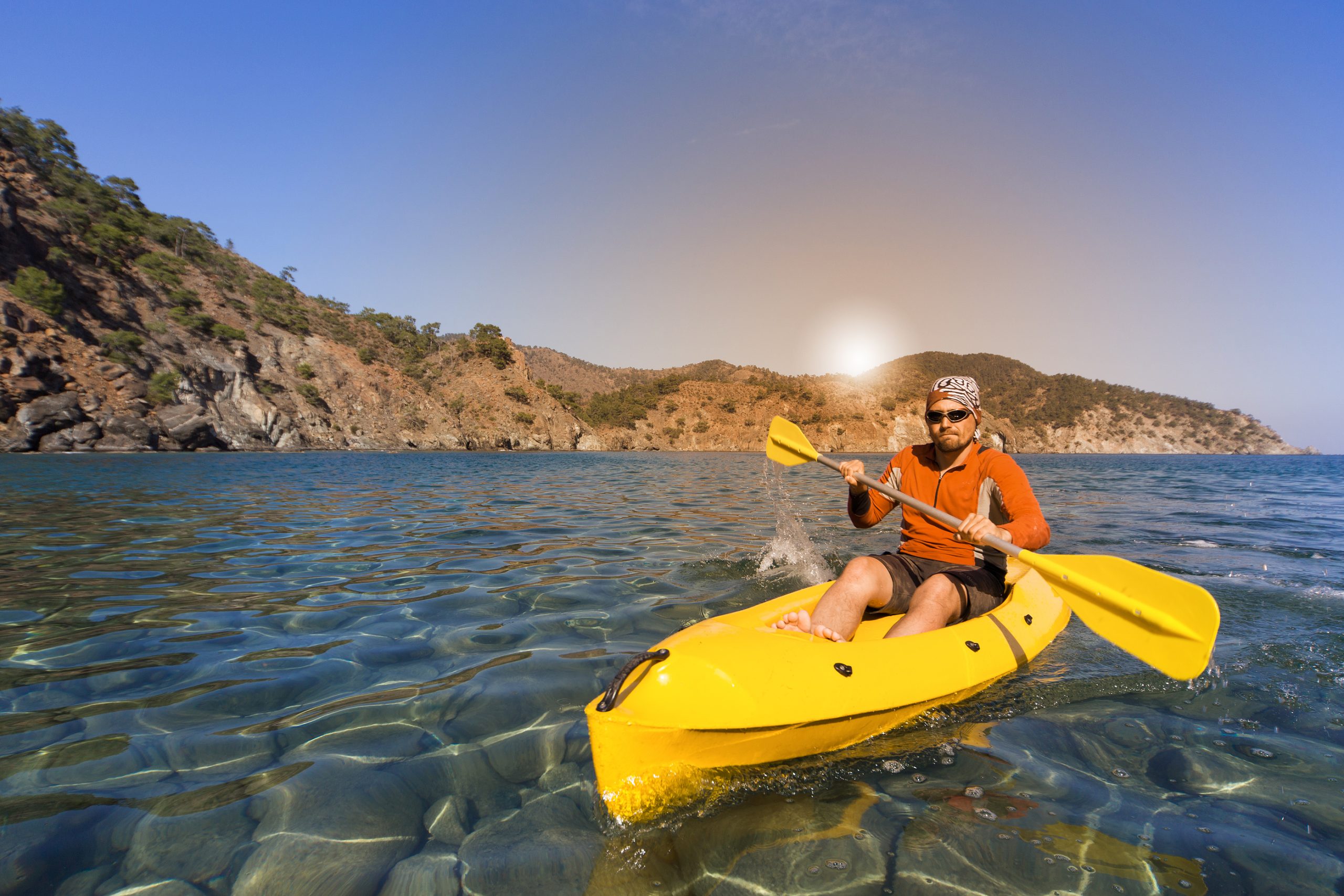
When it comes to manufacturers, many reputable brands produce high-quality, stable kayaks. Some of the top brands include Perception, Wilderness Systems, Old Town, and Hobie. These brands offer a range of kayak designs to suit different needs and preferences.
Ultimately, the key to finding a stable kayak design is to research and test out different models before purchasing. By considering the factors mentioned above and choosing a reputable brand, you can ensure that you find a kayak that provides the stability and performance you need for a safe and enjoyable kayaking experience.
Frequently Asked Questions
What are the key factors that contribute to kayak stability?
The primary factors contributing to kayak stability are hull design, width, and weight distribution. A wider kayak with a flat or pontoon hull design will generally have better primary stability, while a narrower kayak with a rounded hull will have better secondary stability. Weight distribution is also important, as the center of gravity should be low and centered in the kayak.
Which kayak hull designs are known for their stability?
Kayak hull designs that are known for their stability include flat or pontoon hulls, as well as multi-chine hulls. These designs provide better primary stability, which makes them more stable for beginners or those who prefer a more relaxed paddling experience.
What are some of the most stable kayaks on the market?
Some of the most stable kayaks on the market include the Wilderness Systems Pungo 120, the Perception Tribute 12.0, and the Old Town Dirigo 120. These kayaks have wider widths and flat or pontoon hull designs, which provide better primary stability.
How does kayak width affect stability?
Kayak width is one of the most important factors that affect stability. A wider kayak will have better primary stability, which means it will feel more stable when sitting still or paddling in calm water. However, a wider kayak will also be slower and harder to maneuver than a narrower kayak.
What are some tips for maintaining kayak stability while paddling?
To maintain kayak stability while paddling, it is important to keep the center of gravity low and centered in the kayak. This can be achieved by sitting up straight, keeping your weight centered, and avoiding sudden movements. It is also important to paddle with a smooth and consistent stroke, as jerky movements can cause the kayak to tip.
Are sit-in or sit-on kayaks generally more stable?
Both sit-in and sit-on kayaks can be stable, depending on their design. Sit-on kayaks tend to have wider widths and flat hull designs, which provide better primary stability. On the other hand, sit-in kayaks can have various hull designs, including flat, pontoon, and rounded designs, which provide different levels of stability. Ultimately, the stability of a kayak depends on its specific design and intended use.

